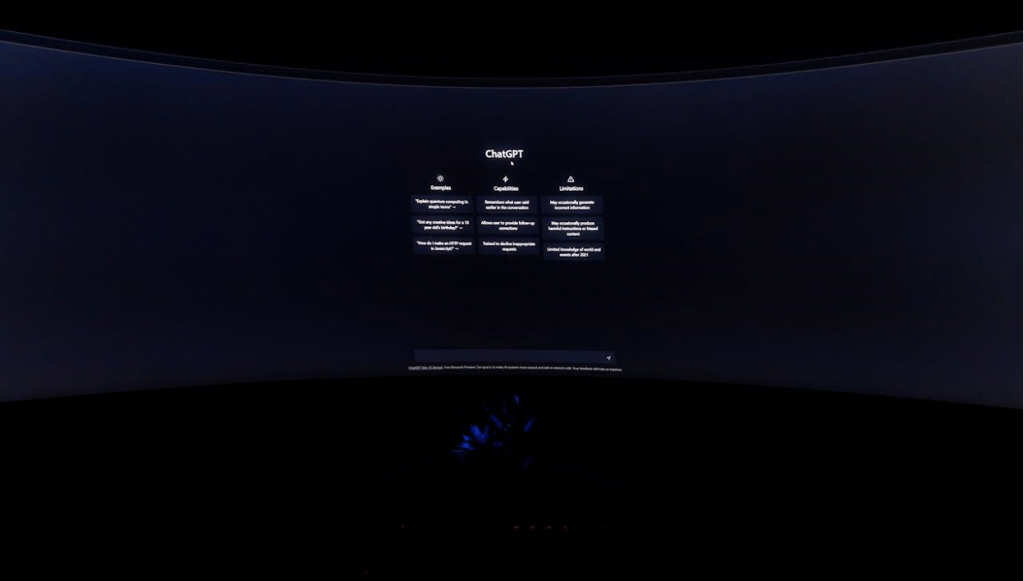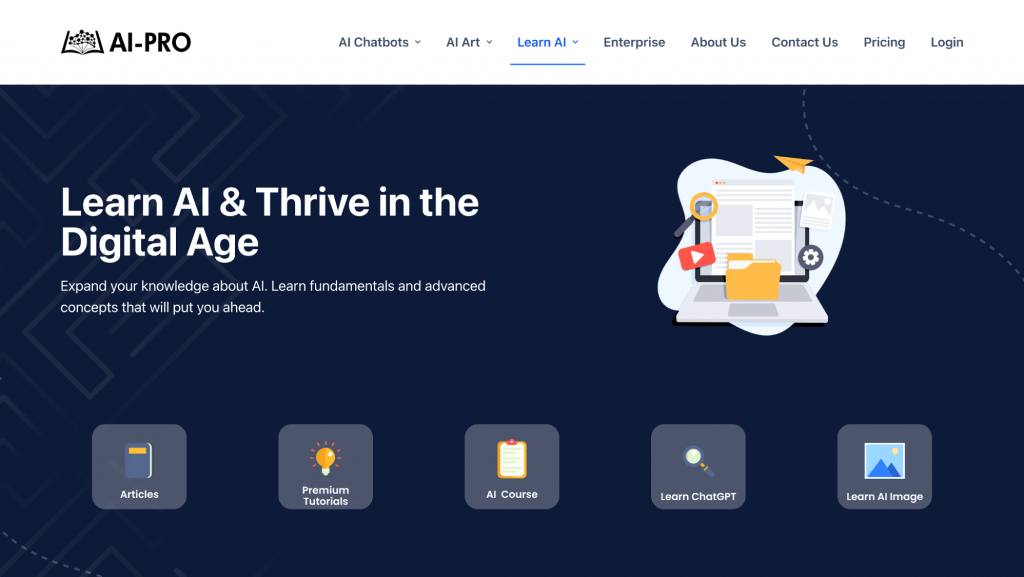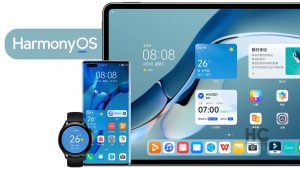As artificial intelligence reshapes productivity and creativity, two groundbreaking tools lead the charge: Microsoft Copilot and ChatGPT. These powerful solutions harness generative AI to enrich user experiences across a broad spectrum of fields. With more businesses and individuals relying on AI-driven tools, understanding the distinctions between Copilot and ChatGPT is key to leveraging their full potential.

Microsoft Copilot, seamlessly integrated within the Microsoft 365 suite, is a robust assistant designed to boost productivity and streamline workflows across applications like Word, Excel, and PowerPoint. In contrast, OpenAI’s ChatGPT excels at generating conversational, human-like text, making it a versatile asset for various applications.
This article provides a comprehensive comparison of Microsoft Copilot and ChatGPT, examining their core functionalities, use cases, and unique strengths. By exploring the nuances of each solution, we aim to equip you with the insights needed to select the ideal tool for your goals, empowering you to harness AI effectively.
Overview: Copilot vs. ChatGPT
Let’s have a quick overview of Copilot vs. ChatGPT. By examining their core functionalities, strengths, and applications, we can better understand how each tool enhances productivity and creativity in various contexts. This sets the stage for a deeper exploration of their unique features and ideal use cases.
What is ChatGPT?

ChatGPT, developed by OpenAI, is a state-of-the-art conversational AI model designed to generate human-like responses based on user inputs. Standing for “Chat Generative Pre-trained Transformer,” this sophisticated platform uses advanced machine learning algorithms trained on an extensive corpus of text data. As a result, ChatGPT excels in understanding and producing coherent, contextually relevant dialogue, making it invaluable for applications like chatbots, content creation, and customer support.
One of ChatGPT’s standout features is its natural language processing (NLP), which enables it to engage in dynamic conversations and understand nuanced queries. Users can leverage ChatGPT for tasks such as drafting articles, summarizing lengthy documents, generating creative content like poetry, and even translating languages. This versatility makes it suitable for a range of industries, from marketing to education. Moreover, as of late 2023, users can customize ChatGPT for specific needs, enhancing its functionality even further.
What is Microsoft Copilot?

Microsoft Copilot is an AI-powered assistant embedded within the Microsoft 365 suite, designed to enhance productivity and streamline workflows across various applications. Unlike ChatGPT, which serves as a general-purpose conversational agent, Microsoft Copilot focuses on providing contextual assistance within tools like Word, Excel, and PowerPoint. By leveraging organizational data and user interactions, it helps users draft emails, create presentations, summarize information, and generate ideas efficiently.
The primary goal of Microsoft Copilot is to empower users by automating repetitive tasks and providing intelligent suggestions that enhance decision-making. Its seamless integration with Microsoft products allows access to proprietary data, enabling tailored insights specific to an organization’s needs. This makes Microsoft Copilot especially useful for professionals seeking to optimize productivity in business settings. While both tools employ AI to assist users, Microsoft Copilot’s focus on productivity within the Microsoft ecosystem sets it apart from ChatGPT’s broader conversational capabilities.
Technological Foundations: Copilot vs. ChatGPT

Now, let’s delve into the technological foundations that underpin Microsoft Copilot vs ChatGPT, highlighting their distinct architectures, training methodologies, and data sources. Understanding these differences is crucial for appreciating how each tool operates and serves its intended purpose.
Underlying Models
At the core of both ChatGPT and Microsoft Copilot are advanced AI models that use deep learning techniques, yet they differ significantly in architecture and training. ChatGPT is built on the Generative Pre-trained Transformer (GPT) architecture, particularly the latest versions, including GPT-4. These transformer-based models excel in understanding and generating human-like text, predicting the next word based on context from previous words. Trained on a vast dataset comprising books, articles, and various internet content, GPT models enable ChatGPT to engage in coherent conversation, summarize information effectively, and generate creative content across a range of topics.
In contrast, Microsoft Copilot employs an approach tailored specifically for productivity within Microsoft 365. Rather than relying solely on the GPT architecture, Microsoft Copilot leverages models that are custom-trained on datasets relevant to Microsoft’s ecosystem, including document formats and email patterns within Microsoft 365. This specialized training ensures Copilot provides relevant suggestions and assistance within the specific context of user tasks.
Natural Language Processing Capabilities
Both ChatGPT and Microsoft Copilot excel in natural language processing (NLP), but they have different focal points and capabilities. ChatGPT’s NLP strengths lie in its ability to understand complex queries and generate nuanced responses, making it ideal for conversational applications where coherence and relevance are paramount. With improved contextual understanding in versions like GPT-4, ChatGPT supports sophisticated dialogues and complex instructions across diverse topics.
On the other hand, Microsoft Copilot’s NLP is designed for productivity-focused tasks rather than extended conversation. It understands user commands and provides relevant suggestions within applications like Word or Excel, yet its context-awareness is oriented toward the specific task. For instance, while helping to draft a report in Word, Copilot focuses on content structuring and editing, aligning its suggestions with the immediate task context. This emphasis on productivity means that while Copilot may not sustain a conversational flow as well as ChatGPT, it excels at delivering actionable insights and recommendations tailored to specific workflows.
While both tools employ advanced NLP, ChatGPT is optimized for open-ended conversational engagement, whereas Microsoft Copilot is fine-tuned for enhancing productivity within Microsoft applications.
User Experience: Copilot vs. ChatGPT

This section examines the user experience of Microsoft Copilot and ChatGPT, focusing on how each tool engages users and facilitates interaction. By exploring their interaction styles and learning curves, we can identify the strengths and challenges associated with each platform.
Interaction Style
The interaction style of ChatGPT and Microsoft Copilot reflects their distinct purposes and user engagement strategies. ChatGPT is fundamentally designed for conversational engagement, allowing users to interact in a natural, dialogue-driven manner. This style fosters a fluid exchange of ideas, where users can ask questions, seek clarification, or request creative content. The conversational format not only makes interactions intuitive but also encourages users to explore various topics freely, enhancing the overall experience. Users can engage in back-and-forth discussions, which creates a sense of connection and responsiveness.
In contrast, Microsoft Copilot operates within a productivity context focused on enhancing user efficiency in applications like Word, Excel, and PowerPoint. User interaction is primarily task-oriented, where commands or prompts are given to receive specific outputs or suggestions. For example, users might type a command to generate a summary of a document or request assistance with data analysis in Excel. This interaction style is designed to streamline workflows and provide immediate assistance without the need for extensive dialogue. While Copilot does allow for some conversational elements, its primary goal is to deliver actionable insights that facilitate task completion rather than engage in open-ended discussions.
Learning Curve
When it comes to the learning curve associated with ChatGPT and Microsoft Copilot, both tools cater to different user experiences based on their target audiences. ChatGPT is generally accessible for beginners due to its straightforward conversational interface. New users can quickly grasp how to interact with the model by simply typing questions or prompts without needing prior technical knowledge. The AI’s ability to adapt to user inputs helps create an engaging experience that encourages experimentation and exploration.
However, as users delve deeper into more complex queries or creative tasks, they may encounter challenges related to understanding the nuances of effective prompting. Experienced users can leverage advanced techniques to elicit more refined responses from ChatGPT, but this requires familiarity with the model’s capabilities and limitations.
On the other hand, Microsoft Copilot presents a different learning curve. While it is designed to enhance productivity for users familiar with Microsoft applications, beginners may initially find it challenging to navigate its features effectively. The integration of Copilot into existing workflows means that users must learn how to utilize its suggestions within the context of their tasks. However, once users become accustomed to its functionalities, they often find that Copilot significantly enhances their efficiency and productivity.
For experienced users—particularly those who are already adept at using Microsoft Office tools—the learning curve may be less steep as they can quickly adapt to leveraging Copilot’s suggestions and contextual assistance effectively. In summary, while both tools aim for user-friendliness, ChatGPT tends to be more intuitive for casual users seeking conversational engagement, whereas Microsoft Copilot requires some adjustment for those looking to maximize productivity within specific applications.
Pros and Cons: Copilot vs. ChatGPT

Finally, we’ll get into the advantages and disadvantages of both AI solutions, providing a balanced view of their strengths and weaknesses. This comparison will help clarify the unique value propositions of Copilot and ChatGPT in the ever-evolving landscape of artificial intelligence.
Advantages of ChatGPT
- Versatility in Applications: ChatGPT excels in a wide range of applications, from casual conversation to professional content creation. Its ability to generate text on diverse topics makes it a valuable tool for writers, educators, and customer service representatives.
- User-Friendly Interface: The conversational format of ChatGPT is intuitive and accessible, allowing users of all skill levels to engage with the AI easily. This simplicity encourages exploration and experimentation.
- Continuous Improvement: OpenAI regularly updates ChatGPT, enhancing its capabilities and refining its responses based on user feedback. This commitment to improvement ensures that the tool remains relevant and effective.
- Customizability: Through API access, developers can tailor ChatGPT to meet specific needs, creating specialized applications that enhance user engagement and productivity.
Disadvantages of ChatGPT
- Limited Contextual Awareness: While ChatGPT performs well in maintaining context during conversations, it can struggle with long or complex interactions. Users may need to provide additional context for the AI to generate accurate responses.
- Inconsistency in Responses: ChatGPT may occasionally produce responses that are factually incorrect or nonsensical. Users must be cautious and verify information, especially in critical applications.
- Lack of Specialized Knowledge: Although ChatGPT is knowledgeable across many topics, it may not provide the depth of expertise required for highly specialized fields, such as advanced scientific research or technical coding.
Advantages of Microsoft Copilot
- Deep Integration with Microsoft Products: Microsoft Copilot is seamlessly integrated into the Microsoft 365 suite, allowing users to leverage its capabilities directly within familiar applications like Word, Excel, and PowerPoint. This integration enhances productivity by providing contextual assistance tailored to specific tasks.
- Focus on Productivity: Copilot is designed specifically to enhance user efficiency by automating repetitive tasks and providing intelligent suggestions. This focus makes it particularly valuable for professionals looking to optimize their workflows.
- Context-Aware Assistance: By utilizing organizational data and user interactions, Copilot offers personalized insights that are relevant to the user’s current tasks, improving decision-making processes.
- Customizable Workflows: With tools like Copilot Studio, organizations can customize their Copilot experience to align with specific business needs, enabling tailored workflows that enhance productivity.
Disadvantages of Microsoft Copilot
- Learning Curve for Beginners: While designed for productivity, new users may find it challenging to navigate Copilot’s features initially. Familiarity with Microsoft applications is often required to maximize its potential.
- Limited Conversational Capabilities: Unlike ChatGPT, which excels in open-ended dialogue, Copilot’s interaction style is more task-oriented. This focus may limit its effectiveness in scenarios requiring extensive conversational engagement.
- Dependency on Microsoft Ecosystem: Copilot’s effectiveness is largely tied to its integration within the Microsoft 365 suite. Users outside this ecosystem may find it less useful or may need additional tools for broader applications.
Both ChatGPT and Microsoft Copilot offer unique advantages and disadvantages that cater to different user needs. Understanding these pros and cons can help users make informed decisions based on their specific requirements.
Choosing the Right AI Tool: Copilot vs. ChatGPT
Both Microsoft Copilot and ChatGPT bring distinct strengths to the AI landscape, tailored to meet varied user needs. ChatGPT excels at generating human-like text and engaging in natural conversations, making it ideal for creative and interactive applications. Microsoft Copilot, integrated within Microsoft 365, focuses on productivity by delivering context-aware assistance and automating routine tasks, streamlining workflows for professionals. As AI continues to advance, recognizing these differences is essential for effectively harnessing the power of these tools.

For more in-depth AI comparisons and to find the best tools to suit your needs, explore AI-Pro’s Learn AI. There, you’ll find insights and resources to help you navigate the rapidly evolving world of artificial intelligence.




